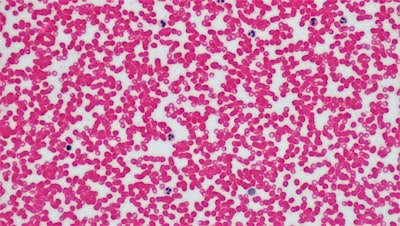 The cloned B and T lymphocytes only last a few days before being destroyed by phagocytes and recycled. However, not all of them are destroyed: some differentiate into memory cells. These can stay in the blood for years and memory B cells even secrete a little amount of its antibodies continuously into the bloodstream. This means that if the same foreign cell was to attack again, the memory cells could quickly divide into the clones required: the secondary immune response.
The cloned B and T lymphocytes only last a few days before being destroyed by phagocytes and recycled. However, not all of them are destroyed: some differentiate into memory cells. These can stay in the blood for years and memory B cells even secrete a little amount of its antibodies continuously into the bloodstream. This means that if the same foreign cell was to attack again, the memory cells could quickly divide into the clones required: the secondary immune response.
This response is so rapid that microbes are killed before they even have a chance to reproduce enough to lead to disease. The individual is now said to be immune to that disease.
Antigenic variability
Many pathogens consist of the same antigen all the time. This means that an individual only has to catch the disease once to be immune. However, some microbes, like the flu or the common cold, are continuously producing new strains through mutation with different antigens. These microbes are said to be capable of antigenic variability. This means that when a new strain infects an individual, their body doesn’t contain the right memory cells and a new primary response is triggered.